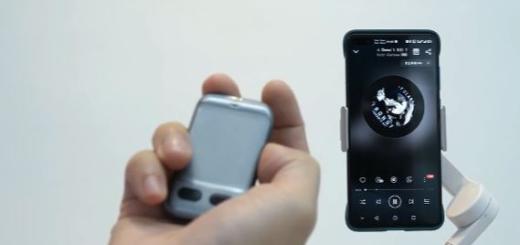Apple to Unlock iPhones, iPad 3 Has Issue w/ Polarized Sunglasses
0Planning to unlock your iPhone? AT&T has begun offering out of contract customers the ability to unlock their iPhone and use it with another carrier. You won’t have to hack your phone to get this done. As developer Grant Paul has found out, this can be done over the company’s online chat but Apple will be the one doing the unlocking. This can be done at an AT&T store as well. The process can be completed in a few minutes. You will need your IMEI number for this.
As the Next Web has reported, Apple is the one that will unlock your phone. Once you have gone through the first phase, Apple will send you the unlock code to your e-mail address. Of course, not everyone’s experience has been the same so far. The maximum number of unlock codes that can be given to an account is 5 at this point. There are requirements you need to fulfill to unlock your phone.
The only requirements are that a customer’s account must be in good standing, their device cannot be associated with a current and active term commitment on an AT&T customer account, and they need to have fulfilled their contract term, upgraded under one of our upgrade policies or paid an early termination fee
The recent developments in the world of Apple have been quite exciting for consumers. The iPad is highly popular and has a lot of momentum behind it. But like any other new gadget, it does have some issues that need to be worked out. We have already covered the heatgate and WiFi issues that iPad 3 owners have experienced. It now seems that iPad 3’s display does not work that great with polarized sunglasses in portrait mode (display turns completely black). DisplayMate’s Ray Soneira had this to say about the issue:
Using polarized sunglasses all iPads go black in Portrait mode. Other displays go black in Landscape mode. Much better is for the manufacturer to set the extinction at 45 degrees so the display looks good in both Portrait and Landscape modes. The Motorola Xoom behaves this way. Best of all, with compensating films this effect can go away almost entirely
The above video shows what this issue is all about. Let’s hope Apple will address it in the future, if possible.




